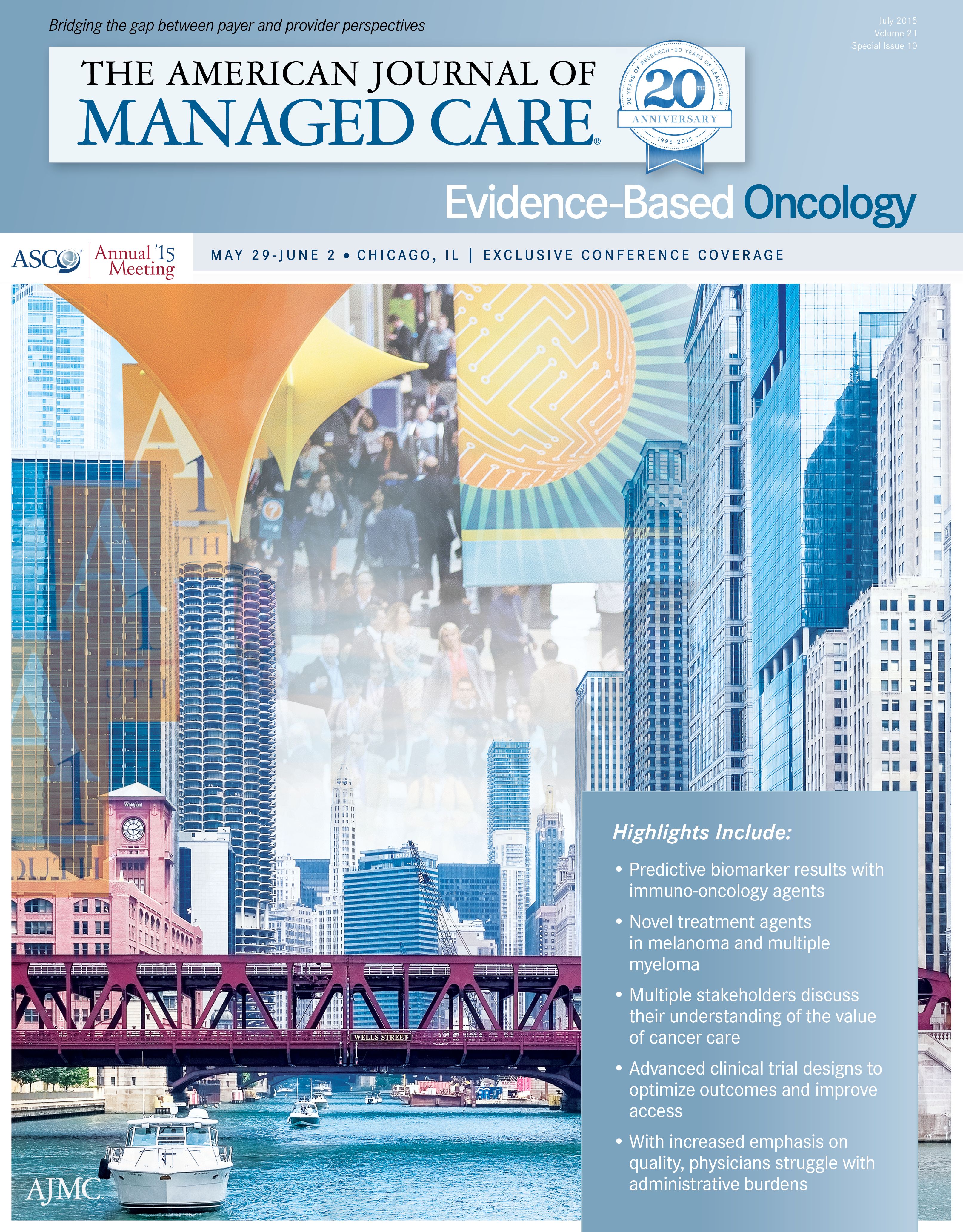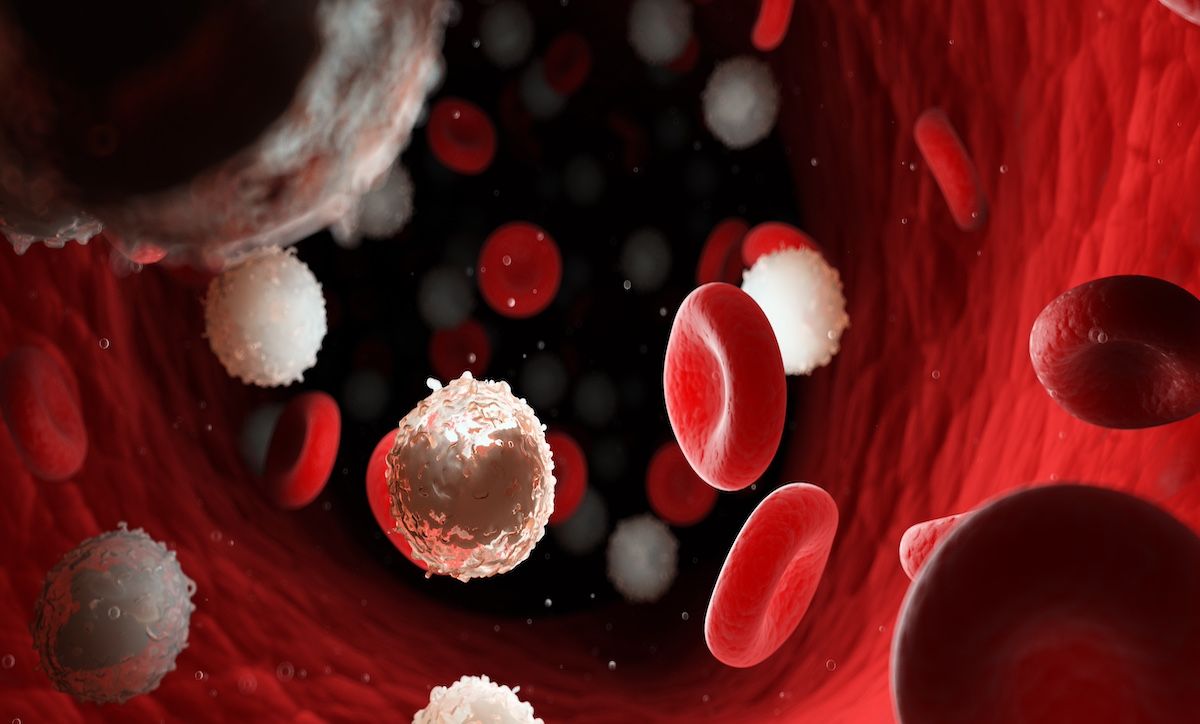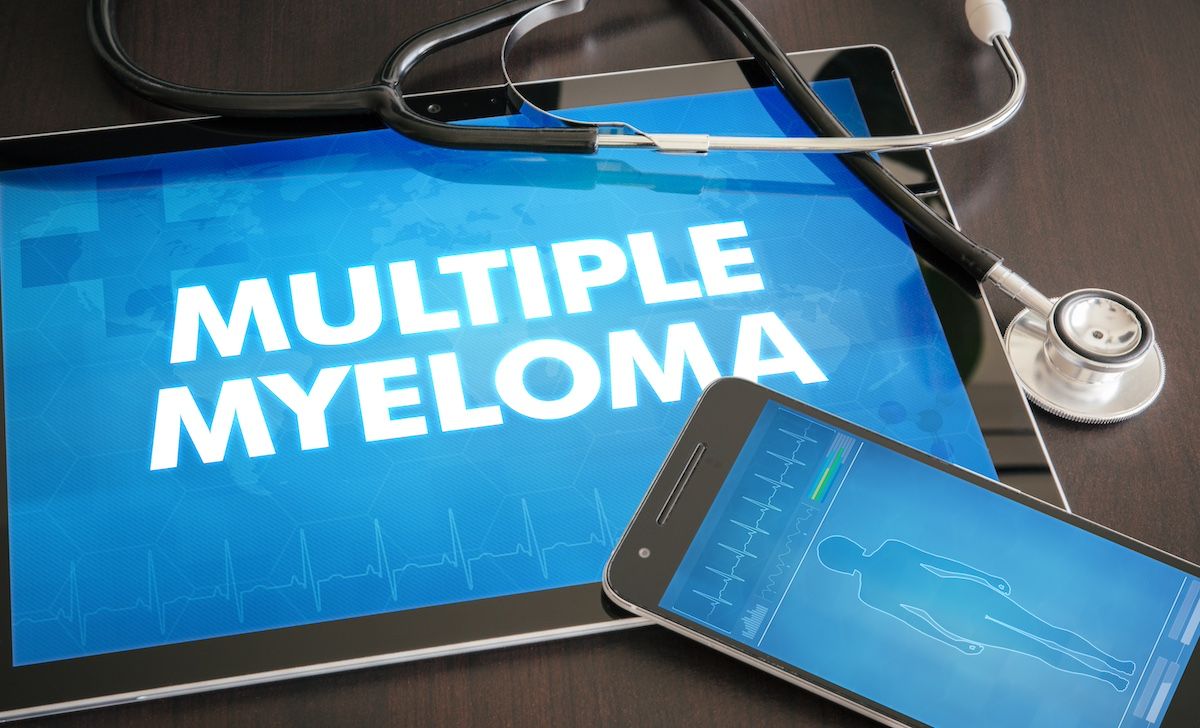Publication
Article
Evidence-Based Oncology
Predictive Biomarkers Present Promise in Immuno-Oncology
Author(s):
A late-breaking abstract session early at the annual meeting of the American Society of Clinical Oncology presented datd for nivolumab in the treatment of hepatocellular carcinoma, non-squamous cell non-small cell lung cancer, and for tumors harboring mismatch repair deficiency.
A late-breaking abstract session early on the second day of the annual meeting of the American Society of Clinical Oncology was reserved for the latest data from clinical trials evaluating the new immuno-oncology agents of the PD-1 inhibitor class. Trial data were presented for nivolumab (Opdivo) in the treatment of hepatocellular carcinoma (HCC), non-squamous cell non-small cell lung cancer (NSCLC), and for tumors harboring mismatch repair deficiency.
Neil Segal, MD, PhD, of Memorial Sloan Kettering Cancer Center, moderated this standing room only session. He highlighted several milestones in the field, starting with the approval of ipilimumab in 2010 for advanced melanoma, nivolumab and pembrolizumab in 2014 for patients who have progressed on ipilimumab in melanoma, and finally the recent approval of nivolumab in 2015 for NSCLC patients who have progressed on chemotherapy.
Segal then introduced the first speaker, Dung T. Le, MD, assistant professor of oncology at The Sidney Kimmel Comprehensive Cancer Center at Johns Hopkins. During her presentation, “PD-1 blockade in tumors with mismatch repair deficiency,” Le introduced the much-discussed trial that could help predict response to PD-1 blockade in colorectal cancer (CRC) patients.
The hypothesis of the study, Le said, was that immune augmentation with PD-1 blockade may be highly effective in mismatch repair deficient tumors. Mismatch repair deficiency (MMRD) causes microsatellite instability, which, Le said, could stem from germline or somatic mutations, or epigenetic silencing. Importantly, MMRD is associated with multiple tumor types and, therefore, could be a good target.
She then went on to describe the phase 2 study conducted to evaluate the clinical activity of the anti—PD-1 monoclonal antibody, pembrolizumab, in 41 patients—with and without MMRD—who had previously treated progressive metastatic disease. The patients were divided into 3 cohorts: cohort A, CRC patients deficient in mismatch repair; cohort B, CRC patients proficient in mismatch repair; and cohort C, non-CRC patient deficient in mismatch repair. The primary end points, said Le, were immune-related objective response rate (irORR) and immune-related progression-free survival (irPFS) at 20 weeks. A majority of the patients enrolled had 2 or more prior therapies.
At 20 weeks, the irORR for cohort A was 62% and the disease control rate (DCR) was 92%; for cohort B, the irORR was 0% and DCR was 16%; for cohort C, the irORR was 60% and DCR was 70%.
Le showed that durable disease control was achieved in cohort A, with most responses lasting over a year. While progression-free survival (PFS) had not been reached in cohorts A and C, PFS was 2.3 months in cohort B. Adverse events observed were primarily of low grade.
In the MMRD CRC cohort, a high mutation burden was observed, which Le said was associated with PFS. This, she said, suggests that MMRD status predicts the clinical benefit of immune checkpoint blockade with pembrolizumab, and based on these results, Merck will be initiating the Keynote-164 trial. “Genomic data is more influential than histology for mismatch repair deficient tumors treated with an anti-PD-1 inhibitor,” she concluded.
The next presentation by Anthony B. El-Khoueiry, MD, assistant professor of clinical medicine and clinical instructor at the University of Southern California Norris Comprehensive Cancer Center, shared results of a phase 1/2 safety and antitumor study of nivolumab in patients with advanced HCC.
HCC is the second-most frequent cause of cancer-related death, he said, and sorafenib is the standard of care for advanced HCC. There is no second-line option available for patients whose disease progresses following sorafenib treatment. Median survival with supportive care in these patients is 6 to 10 months. El-Khoueiry showed that hepatitis B and C infection upregulates PD-1 expression levels, and increased PD-1 and PD-L1 expression in HCC is associated with poor prognosis. Since nivolumab blocks the interaction of PD-1 on T-cells with the PD-L1 ligand secreted by tumor cells, their group evaluated the inhibitor in HCC patients, he said.
The primary objective of this phase 1/2 study, said El-Khoueiry, was to evaluate the safety, tolerability, dose-limiting toxicity, and maximum tolerated dose of nivolumab in HCC. The secondary objective was to evaluate its antitumor activity.
Most patients in the trial had received prior therapy, radiotherapy, or local treatment for HCC; 68% of patients had prior treatment with sorafenib.
ORR was determined using RECIST-1 criteria in the 42 (of 47) evaluable patients, and was 19%, he showed; CR was 5% across all cohorts. Several patients also had a reduced tumor burden (40% of patients). Additionally, he showed that a durable response of 9 months or longer was observed in 7 patients. Overall survival (OS) at 9 months was 70%.
El-Khoueiry pointed out that clinical responses were observed across different dose levels in this study—even at very low doses—which is also observed with other PD-1 and PD-L1 agents.
The final presentation was the phase 3 results of CheckMate-057, which compared nivolumab with docetaxel in advanced non-squamous cell (non-SQ) non-small cell lung cancer (NSCLC). Luis G. Paz-Ares, MD, PhD, an oncologist with Hospital Universitario Doce de Octubre, Spain, said that the options for advanced non-SQ NSCLC patients who have progressed after platinum-based doublet chemotherapy are limited, with minimal improvement in OS.
Therefore, to evaluate nivolumab as an option in these patients, they conducted a global phase 3 study of nivolumab against docetaxel in patients with advanced non-SQ NSCLC, said Paz-Ares.
The primary objective of the study was OS, and secondary objectives were investigator-assessed ORR, PFS, efficacy by PD-L1 expression, quality of life, and safety.
Paz-Ares showed data confirming that the trial met its end points. Median survival improved by 2.7 months with nivolumab, ORR with nivolumab was 19.2% versus 12.4% with docetaxel, and median PFS was 4.2 months versus 2.3 months with docetaxel.
Overall, the incidence and severity of adverse events were lower with nivolumab than docetaxel, said Paz-Ares. The trial showed that PD-L1 expression is predictive of benefit with nivolumab—median OS nearly doubled with nivolumab treatment compared with docetaxel across the PD-L1 expression continuum, he said.

Newsletter
Stay ahead of policy, cost, and value—subscribe to AJMC for expert insights at the intersection of clinical care and health economics.





